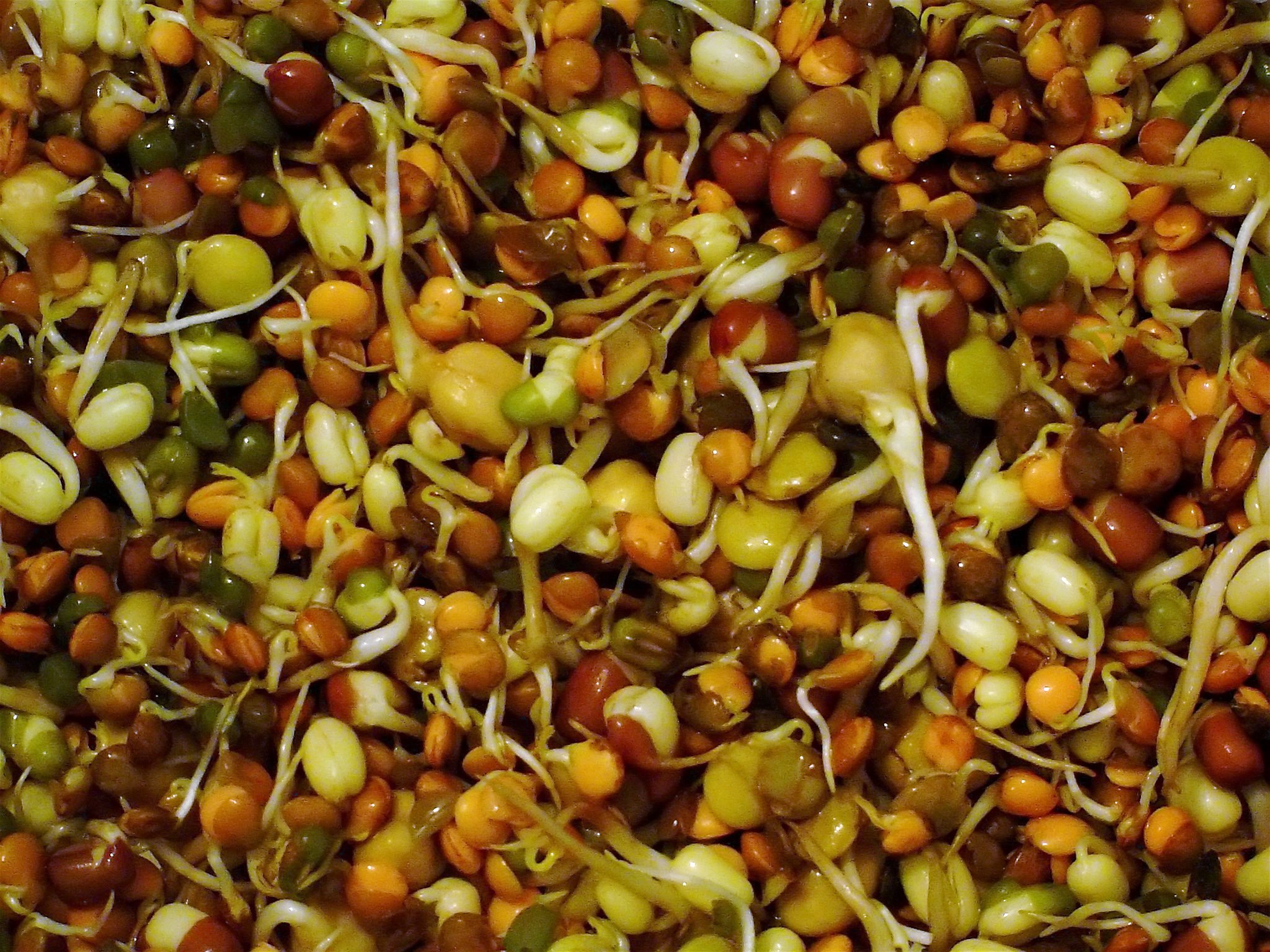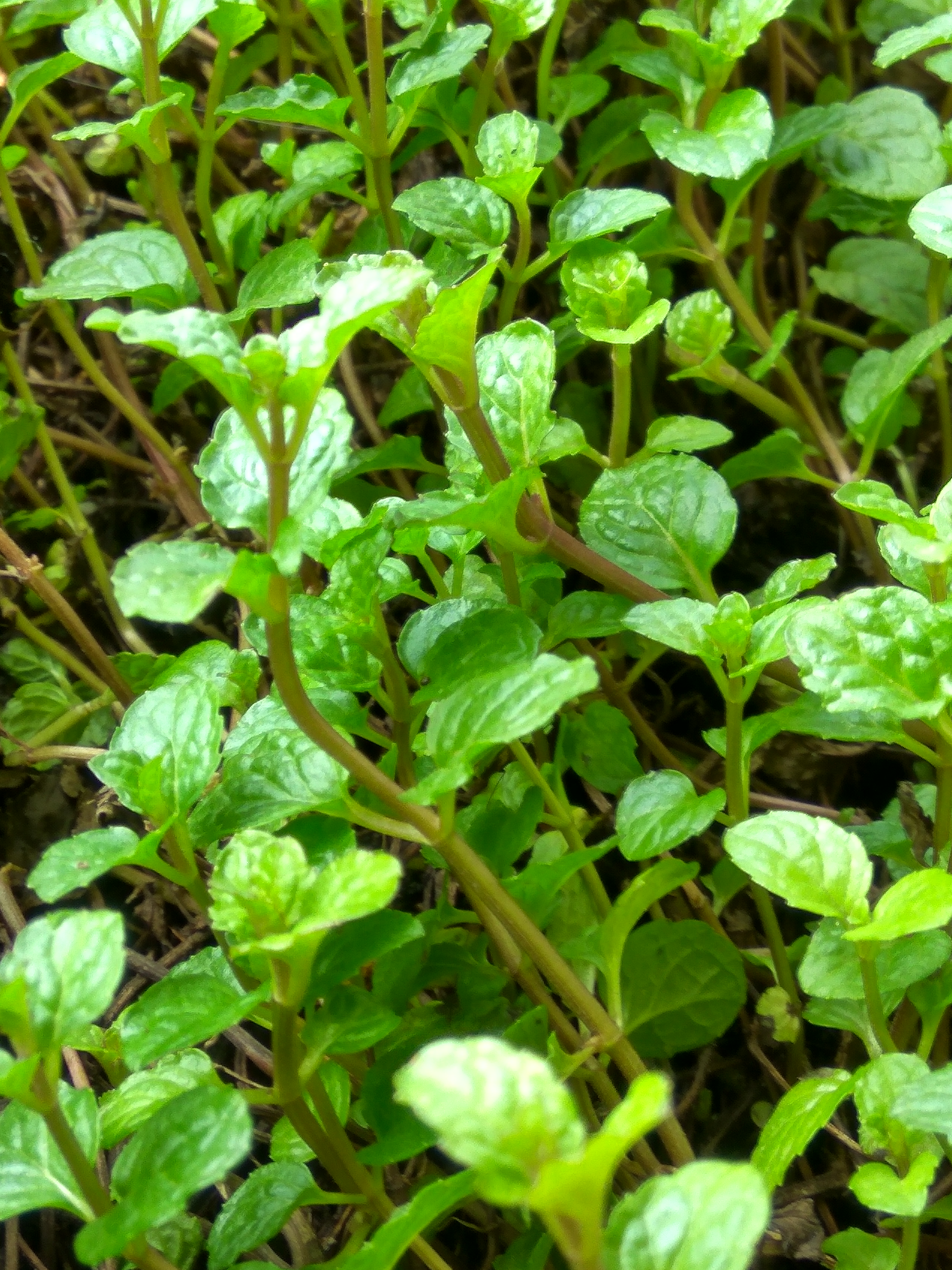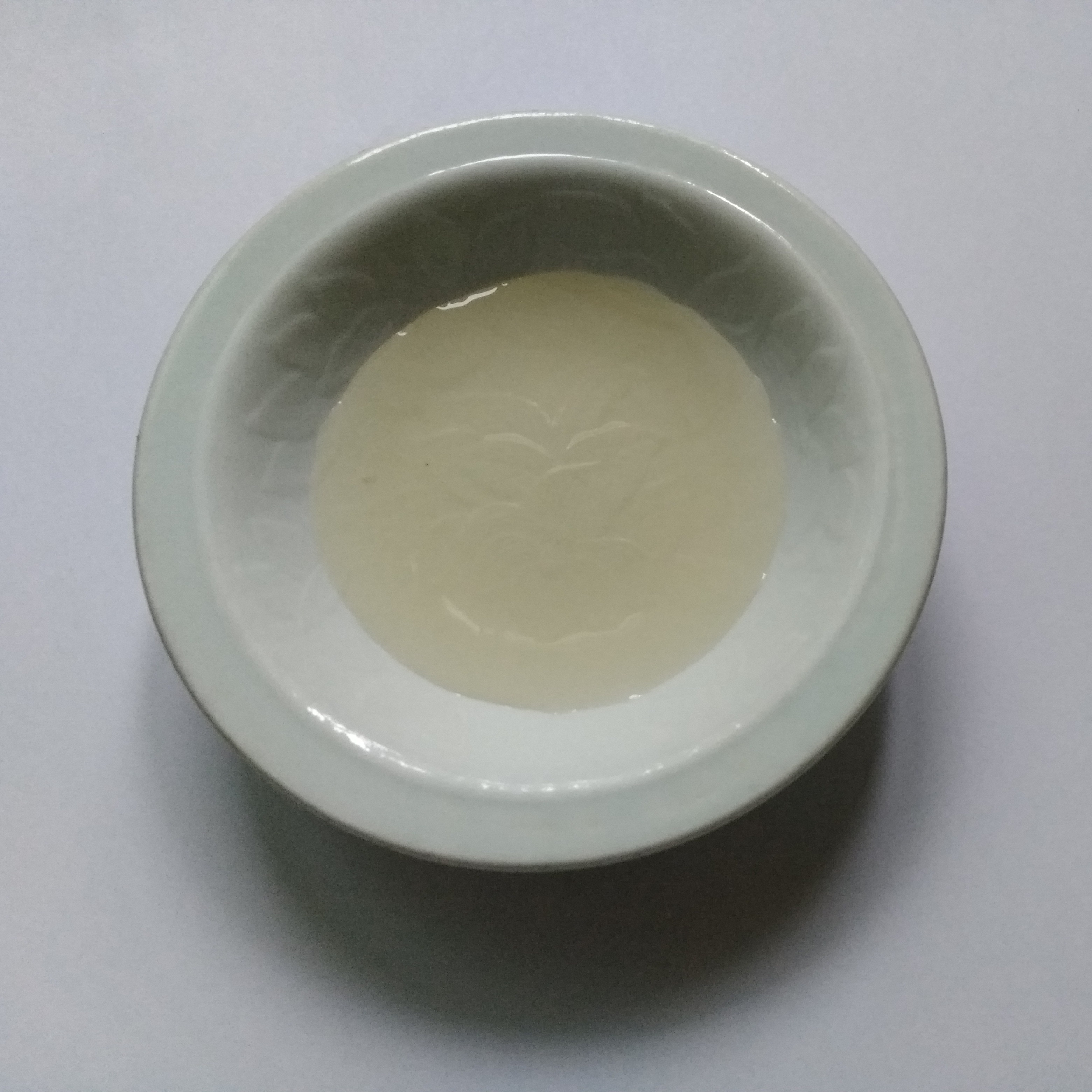|
BĂşn RiĂŞu
''Bún riêu'' is a traditional Vietnamese soup of clear stock and rice vermicelli. There are several varieties of ''bún riêu'', including ''bún riêu cua'' (minced crab), ''bún riêu cá'' (fish) and ''bún riêu ốc'' (snail). Vietweek May 18th 2012 print editioThe market beyond the hedge"Not surprisingly, seasoned shoppers at Phung Hung delight in the fermented fiat of a soup so pungent, it makes bún riêu seem like a Cup-o-Noodles. Bún mắm allegedly came from the Mekong Delta province of Soc Trang, where Khmer, Chinese and Vietnamese communities have intermingled for centuries." ''Bún riêu cua'' is served with tomato broth and topped with minced freshwater crab. In this dish, various freshwater paddy crabs are used, including the brown paddy crab found in rice paddies in Vietnam. The crabs are cleaned to remove dirt and sand. Then crabs are pounded together with the shell on into a fine paste. This paste is strained and the crab liquid is a base for the soup alo ... [...More Info...] [...Related Items...] OR: [Wikipedia] [Google] [Baidu] |
:Category:Vietnamese Words And Phrases ...
{{cmbox , type=style , text=This category is not for articles about concepts and things but only for articles about the words themselves. Please keep this category purged of everything that is not actually an article about a word or phrase. See as example :English words. W Words and phrases by language Words and phrases Words and phrases A word is a basic element of language that carries an semantics, objective or pragmatics, practical semantics, meaning, can be used on its own, and is uninterruptible. Despite the fact that language speakers often have an intuitive grasp of w ... [...More Info...] [...Related Items...] OR: [Wikipedia] [Google] [Baidu] |
Tamarind
Tamarind (''Tamarindus indica'') is a Legume, leguminous tree bearing edible fruit that is probably indigenous to tropical Africa. The genus ''Tamarindus'' is monotypic taxon, monotypic, meaning that it contains only this species. It belongs to the family Fabaceae. The tamarind tree produces brown, pod-like fruits that contain a sweet, tangy pulp, which is used in cuisines around the world. The pulp is also used in traditional medicine and as a metal polish. The tree's wood can be used for woodworking and Tamarind#Tamarind seed oil and kernel powder, tamarind seed oil can be extracted from the seeds. Tamarind's tender young leaves are used in Indian cuisine, Indian and Filipino cuisine. Because tamarind has multiple uses, it is cultivated around the world in Tropical zone, tropical and Subtropics, subtropical zones. Description The tamarind is a long-lived, medium-growth tree, which attains a maximum crown (botany), crown height of . The crown has an irregular, vase-shaped ... [...More Info...] [...Related Items...] OR: [Wikipedia] [Google] [Baidu] |
Chả Chay
''Chả'' is Vietnamese for "sausage", referring to the Vietnamese types of sausage. Other types of sausage have different names: ''xĂşc xĂch'' refers to the pork-based Western "hot dog", and " lạp xưởng" refers to Chinese sausages, sweeter in flavour than the former two. ''Chả'' can be made of several types of fillers: * pork (''chả lụa'') * deep-fried pork (chả chiĂŞn) * deep-fried cinnamon-flavored pork sausage (''chả quáşż'') * ground chicken (''chả gĂ '') * ground beef (''chả bò'') * fish (''chả cá'') * tofu or vegetarian (''chả chay'') * steamed pork loaf topped with egg yolks (''chả trứng hấp'') See also * Chả lụa ''Chả lụa'' (() or ''giò lụa'' () is the most common type of sausage in Vietnamese cuisine, made of pork and traditionally wrapped in banana leaves. Production and consumption Traditionally, ''chả lụa'' is made of lean pork, potato st ... * List of sausages Vietnamese sausages {{sausage-stub ... [...More Info...] [...Related Items...] OR: [Wikipedia] [Google] [Baidu] |
Bean Sprouts
Sprouting is the natural process by which seeds or spores germinate and put out shoots, and already established plants produce new leaves or buds, or other structures experience further growth. In the field of nutrition, the term signifies the practice of germinating seeds (for example, mung beans or sunflower seeds) to be eaten raw or cooked, which is considered more nutritious. Suitable seeds All viable seeds can be sprouted, but some sprouts, such as kidney beans, should not be eaten raw. Bean sprouts are a common ingredient across the world. They are particularly common in Eastern Asian cuisine. It typically takes one week for them to become fully grown. The sprouted beans are more nutritious than the original beans, and they require much less cooking time. There are two common types of bean sprouts: * Mung bean sprouts, made from greenish-capped mung beans * Soybean sprouts, made from yellow, large-grained soybeans Common sprouts used as food include: * Pulses ... [...More Info...] [...Related Items...] OR: [Wikipedia] [Google] [Baidu] |
Perilla
''Perilla'' is a genus consisting of one major Asiatic crop species ''Perilla frutescens'' and a few wild species in nature belonging to the mint family, Lamiaceae. The genus encompasses several distinct varieties of Asian herb, seed, and vegetable crop, including '' P. frutescens'' (deulkkae) and ''P. frutescens'' var. ''crispa'' (shiso). The genus name ''Perilla'' is also a frequently employed common name ("perilla"), applicable to all varieties. Perilla varieties are cross-fertile and intra-specific hybridization occurs naturally. Some varieties are considered invasive. Taxa and synonyms The classification of ''Perilla'' is confused, partly because botanists struggled with distinguishing the two distinct cultigens as different species or variations. Until a few decades ago, ''P. frutescens'' var. ''crispa'' was regarded as a species in its own right, distinct from ''P. frutescens'', although it was well established that these types readily cross-pollinate. An early exam ... [...More Info...] [...Related Items...] OR: [Wikipedia] [Google] [Baidu] |
Spearmint
Spearmint, also known as garden mint, common mint, lamb mint and mackerel mint, is a species of mint, ''Mentha spicata'' (, native to Europe and southern temperate Asia, extending from Ireland in the west to southern China in the east. It is naturalized in many other temperate parts of the world, including northern and southern Africa, North America, and South America. It is used as a flavouring in food and herbal teas. The aromatic oil, called ''oil of spearmint'', is also used as a flavoring and sometimes as a scent. The species and its subspecies have many synonyms, including ''Mentha crispa'', ''Mentha crispata,'' and ''Mentha viridis''. Description Spearmint is a perennial herbaceous plant. It is tall, with variably hairless to hairy stems and foliage, and a wide-spreading fleshy underground rhizome from which it grows. The leaves are long and broad, with a serrated margin. The stem is square-shaped, a defining characteristic of the mint family of herbs. Spearmint produ ... [...More Info...] [...Related Items...] OR: [Wikipedia] [Google] [Baidu] |
Elsholtzia Ciliata
''Elsholtzia ciliata'', commonly known as Vietnamese balm, xiang ru (香薷) or ''kinh giới'' in Vietnamese, is a plant native to Asia. In the US, it can go by the name Crested Late Summer Mint. In US Vietnamese grocery stores, it is called Kinh Gioi, Vietnamese Lemon Balm, or Vietnamese Lemon Mint. Distribution The plant is native to Asia. However, the exact extent of its original range is unclear. Today it is found through much of India, eastern Asia, and Europe. It grows throughout Nepal at elevations of 1500 to 3400 m. Description ''Elsholtzia ciliata'' is an erect herb that grows to about 60 cm in height. The leaves are long, stalked, and serrated, and reach 2 to 8.5 cm in length and 8 to 2.5 cm in width. In shape, they are ovate to lanceolate, with a gland-dotted underside. Flowers of a purple color bloom in flat spikes in September and October. Seeds propagate within them. Uses ''Elsholtzia ciliata'' has many cultural uses. Culinary It is us ... [...More Info...] [...Related Items...] OR: [Wikipedia] [Google] [Baidu] |
Banana
A banana is an elongated, edible fruit – botanically a berry – produced by several kinds of large herbaceous flowering plants in the genus ''Musa''. In some countries, bananas used for cooking may be called "plantains", distinguishing them from dessert bananas. The fruit is variable in size, color, and firmness, but is usually elongated and curved, with soft flesh rich in starch covered with a rind, which may be green, yellow, red, purple, or brown when ripe. The fruits grow upward in clusters near the top of the plant. Almost all modern edible seedless ( parthenocarp) bananas come from two wild species – ''Musa acuminata'' and ''Musa balbisiana''. The scientific names of most cultivated bananas are ''Musa acuminata'', ''Musa balbisiana'', and ''Musa'' × ''paradisiaca'' for the hybrid ''Musa acuminata'' × ''M. balbisiana'', depending on their genomic constitution. The old scientific name for this hybrid, ''Musa sapientum'', is no longer used. ''Musa ... [...More Info...] [...Related Items...] OR: [Wikipedia] [Google] [Baidu] |
Water Spinach
''Ipomoea aquatica'', widely known as water spinach, is a semi- aquatic, tropical plant grown as a vegetable for its tender shoots. ''I. aquatica'' is generally believed to have been first domesticated in Southeast Asia. It is widely cultivated in Southeast Asia, East Asia, and South Asia. It grows abundantly near waterways and requires little to no care. Description ''Ipomoea aquatica'' grows in water or on moist soil. Its stems are or longer, rooting at the nodes, and they are hollow and can float. The leaves vary from typically sagittate (arrow head-shaped) to lanceolate, long and broad. The flowers are trumpet-shaped, in diameter, and usually white in colour with a mauve centre. Propagation is either by planting cuttings of the stem shoots, which will root along nodes, or by planting the seeds from flowers that produce seed pods. Names ''Ipomoea aquatica'' is widely known as kangkong (also spelled kangkung), its common name in Maritime Southeast Asia, which possibly or ... [...More Info...] [...Related Items...] OR: [Wikipedia] [Google] [Baidu] |
Annatto
Annatto ( or ) is an orange-red condiment and food coloring derived from the seeds of the achiote tree (''Bixa orellana''), native to tropical America. It is often used to impart a yellow or orange color to foods, but sometimes also for its flavor and aroma. Its scent is described as "slightly peppery with a hint of nutmeg" and flavor as "slightly nutty, sweet and peppery". The color of annatto comes from various carotenoid pigments, mainly bixin and norbixin, found in the reddish waxy coating of the seeds. The condiment is typically prepared by grinding the seeds to a powder or paste. Similar effects can be obtained by extracting some of the color and flavor principles from the seeds with hot water, oil, or lard, which are then added to the food. Annatto and its extracts are now widely used in an artisanal or industrial scale as a coloring agent in many processed food products, such as cheeses, dairy spreads, butter and margarine, custards, cakes and other baked goods, po ... [...More Info...] [...Related Items...] OR: [Wikipedia] [Google] [Baidu] |
Garcinia Multiflora
''Garcinia multiflora'' is a tree species in the family Clusiaceae. No subspecies are listed in the Catalogue of Life. It is called ''dọc'' in Vietnamese Vietnamese may refer to: * Something of, from, or related to Vietnam, a country in Southeast Asia ** A citizen of Vietnam. See Demographics of Vietnam. * Vietnamese people, or Kinh people, a Southeast Asian ethnic group native to Vietnam ** Overse ... and used to flavour and colour ''bún riêu'' soup. References Champ. ex Benth., 1851 ''In: Hooker's J. Bot. Kew Gard. Misc. 3: 310'' External links * {{Taxonbar, from=Q10757703 multiflora Trees of Vietnam Flora of Indo-China ... [...More Info...] [...Related Items...] OR: [Wikipedia] [Google] [Baidu] |
Rice Vinegar
Rice vinegar is a vinegar made from fermented rice in East Asia (China, Japan and Korea), as well as in Vietnam in Southeast Asia. It is used as a seasoning, dressing, and dipping in many dishes, including sushi, jiaozi, and banchans. Some of its variants are also a drink by themselves. Chinese Chinese rice vinegars are stronger than Japanese ones, and range in color from clear to various shades of red, brown and black and are therefore known as rice wine vinegars. Chinese vinegar are less acidic than their distilled Western counterparts which, for that reason, are not appropriate substitutes for rice vinegars. The majority of the Asian rice vinegars are also milder and sweeter than those typically used in the Western world, with black vinegars as a notable exception. Types White rice vinegar is a colorless to pale yellow liquid, more acidic than other Chinese vinegars, but still less acidic and milder in flavor than Western ones. Black vinegar is very popular in southern C ... [...More Info...] [...Related Items...] OR: [Wikipedia] [Google] [Baidu] |





